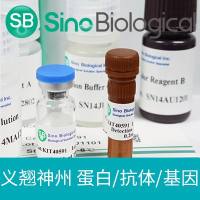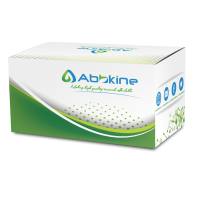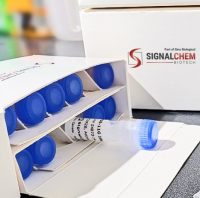Since its identification as a family of protein kinases that is activated in the presence of calcium, phosphatidyl serine, and diacylglycerol (DAG), protein kinase C (PKC) has been regarded as one of the early steps in receptor signaling (Nishizuka, 1988 , Nishizuka, 1995 ; Berridge, 1993 ; Rasmussen et al., 1995 ). The generation of the second messengers DAG and calcium by receptor-mediated phospholipase C (PLC) activation leads to rapid activation of several isoforms of PKC (Newton, 1995 ), its translocation to the membrane (Kiley et al., 1995 ), and the phosphorylation of numerous proteins. With the finding by Castagna et al. (1982) that phorbol esters (e.g., 12-O-tetrade-canoyl 4β-phorbol 13-acetate [TPA]) are potent and selective activators of multiple PKC isoforms, this pharmacological tool was used extensively to document the importance of PKC in a variety of stimulatory events: lymphocyte activation, contractile and secretory responses, gene transcription, and cell proliferation (Nishizuka, 1988 ,Nishizuka, 1995 ; Berridge, 1993 ; Rasmussen et al., 1995 ). In addition to these stimulatory actions, PKC activation was also found to have a negative feedback action to inhibit the activity of receptors that coupled to PLC to augment DAG and calcium levels.






